North Sea offshore operators and licensees have been paying an average of £22.1 million in tax per day since the start of the year, even before the so-called windfall tax comes into force, new figures have shown.
The UK Government is now being urged to do more to support families, businesses and the energy transition and use this “double windfall” to support consumers and businesses – as well as incentivise investment in the low carbon technologies which will help Scotland and the UK reach net zero targets.
Research by Aberdeen & Grampian Chamber of Commerce (AGCC) has revealed a 662% increase in North Sea tax receipts.
Figures are set to rise even further with the introduction of the Energy Profits Levy (EPL), which increases the effective rate of tax paid by offshore energy firms to 65%, which is more than three-times higher than the standard rate of corporation tax.
‘Capitalise on green energy potential’
The EPL – otherwise called the windfall tax – does come with the investment allowance which will see North Sea producers get a 91p tax saving for every £1 they invest in further oil and gas extraction.
AGCC is calling for the allowance to be extended to include investment in the energy transition, in technologies such as offshore wind, hydrogen, carbon capture and storage and direct air capture.
Policy director Ryan Crighton said: “Our research shows that with increased receipts and its new profits levy, the Treasury is receiving a double windfall from the North Sea.
“On current trajectory, the tax take from the basin this financial year could be four times higher than the original forecasts done by the Office for Budget Responsibility in 2020.
“Clearly there is sufficient incremental tax revenues to fund the support to consumers and businesses, but also to go further and to inject real pace into the energy transition.
“Failing to include renewables in the investment allowance was a missed opportunity and we want to see it expanded to include investment in technologies such as offshore wind, hydrogen, carbon capture and storage and direct air capture – all of which are currently being developed in the north-east of Scotland.
“We need to deliver the reindustrialisation of Scotland to make sure we capitalise on our green energy potential.
“These tax receipts provide an opportunity to do just that.”
What the figures revealed
Between January and June this year, offshore companies paid over £4billion in tax in just 181 days, according to tax receipt data from the Office for National Statistics (ONS).
This is a 662% increase on the previous 12 months, when receipts for the six-month period totalled £526m.
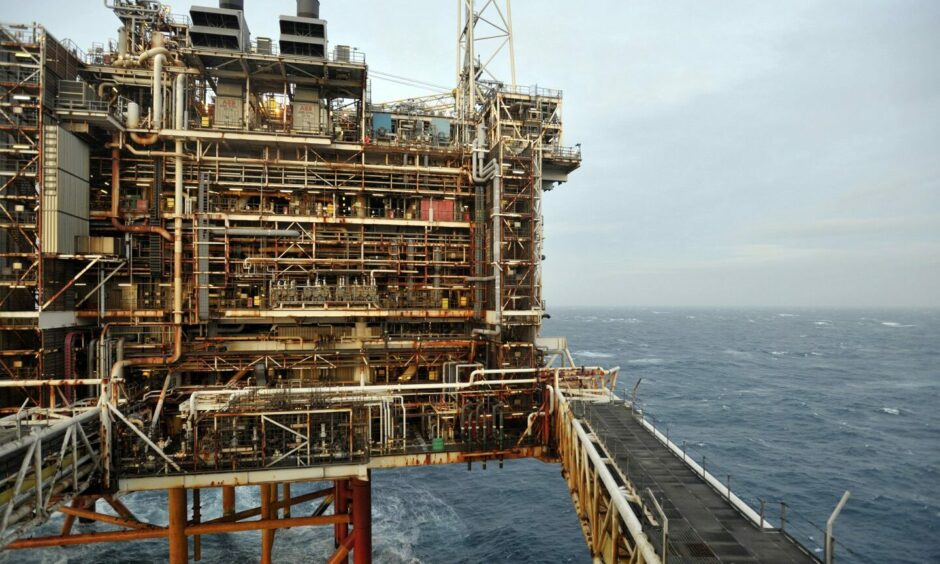
The Office of Budget Responsibility (OBR) recently upgraded its estimates for the fiscal years ending March 2023 to 2027, now predicting North Sea revenues to hit £20.2bn.
This is more than double previous forecasts and excludes the windfall tax, which the Treasury says will raise an additional £5bn in its first year and could run until 2025 if energy prices remain high, although there is no definition of what a high price is in the legislation.
What is the UK oil and gas taxation?
Oil and gas companies currently pay tax profits from production in UKCS at a rate of 40%, comprising both ring fence Corporation Tax plus a Supplementary Charge (RFCT/SC).
The recently passed Energy Profits Levy takes this rate to 65%, effective from May this year.
Separately, Petroleum Revenue Tax (PRT) is a tax on the profits from oil and gas production in the UK, but only applies to fields that were approved before 16 March 1993. These are known as ‘taxable fields’.
PRT was permanently zero-rated from January 1 2016. It was not abolished because some companies still require access to their tax history for carrying back trading losses and decommissioning costs.
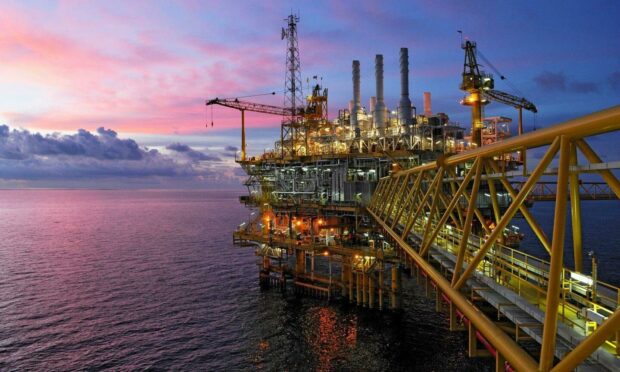




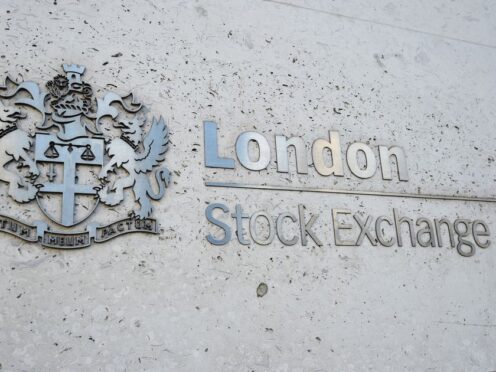


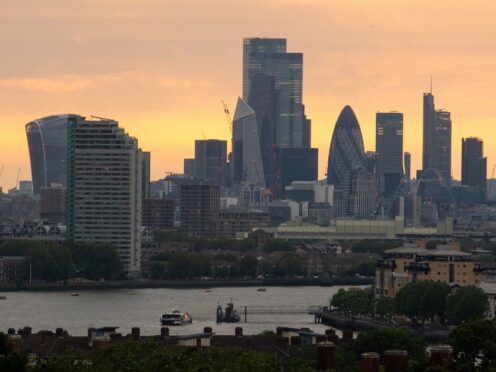

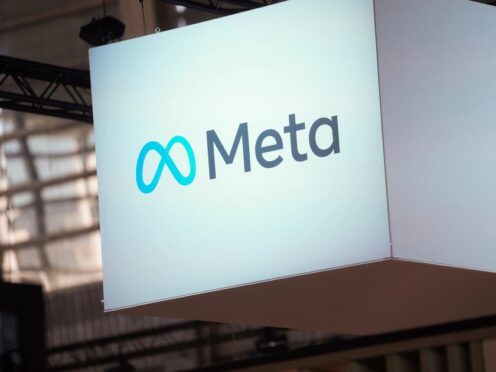
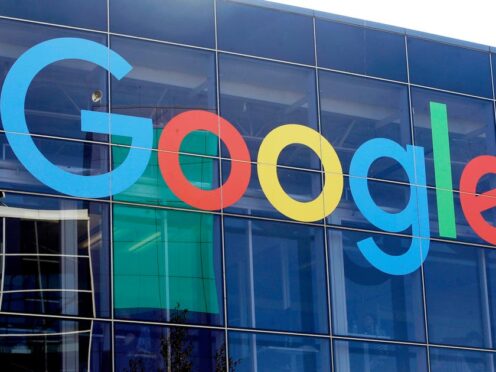
Conversation